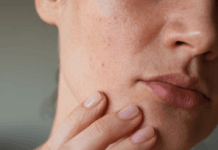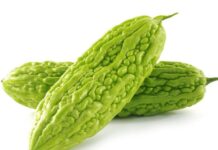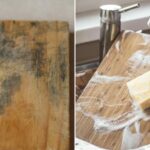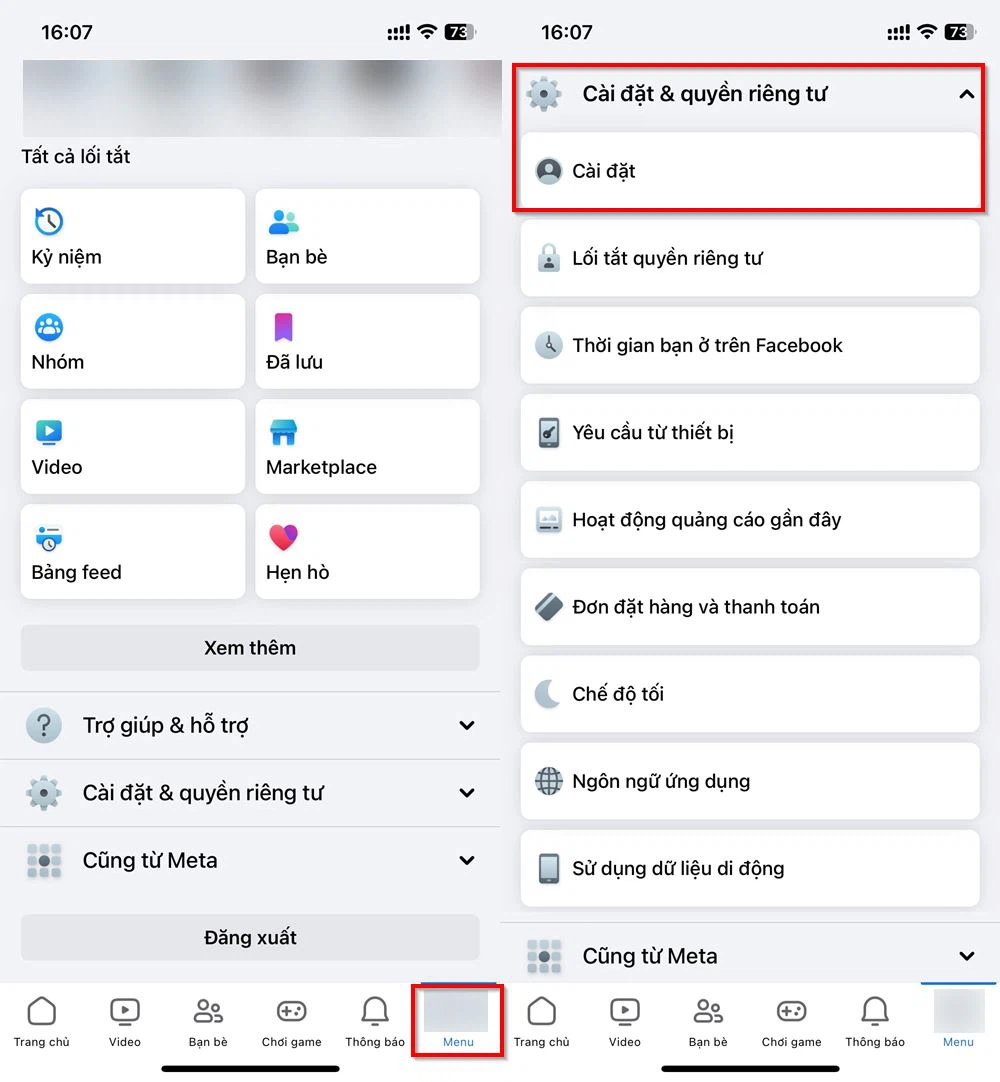Sponge for Washing Dishes
Sponges are indispensable for washing dishes, but the damp environment and food residue make them a breeding ground for dangerous bacteria such as E. coli and Salmonella. These bacteria can cause food poisoning, diarrhea, or serious health issues. According to food safety experts, a dirty sponge sometimes harbors more bacteria than a toilet seat.
Wash the sponge with warm water and soap after each use. Disinfect it by soaking it in a bleach solution (mix one tablespoon of bleach with one liter of water) or microwaving it (when damp) for one minute. Replace the sponge every one to two weeks or switch to using a dish brush, as brushes harbor fewer bacteria.
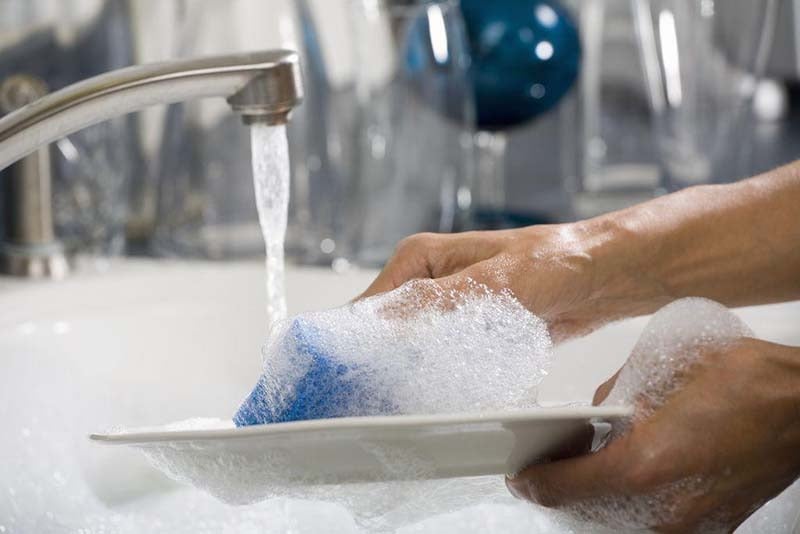
Kitchen Towels
Kitchen towels are used for wiping counters, dishes, or hands, but if not laundered regularly, they can harbor millions of bacteria such as coliform, Enterococcus spp., and Staphylococcus aureus, which cause intestinal, skin, or blood infections. Studies show that almost 50% of kitchen towels in households contain dangerous bacteria.
Wash towels in hot water with soap daily. Dry them completely in the sun to prevent mold. Replace towels weekly and avoid using one towel for multiple purposes.
Cutting Boards, Especially Wooden Ones
Cutting boards, especially wooden ones, are prone to bacterial contamination such as Salmonella and Campylobacter due to contact with raw food like meat and fish. Cracks or grooves on the board’s surface provide an ideal environment for bacteria and mold to thrive, especially when the board is damp or not properly cleaned. Some studies indicate that cutting boards can harbor up to 200 times more bacteria than a toilet seat.
Wash the board with hot water and soap immediately after use, especially after cutting raw food. Disinfect with a vinegar or diluted bleach solution. Replace wooden boards if they show signs of mold or deep cracks that cannot be cleaned.
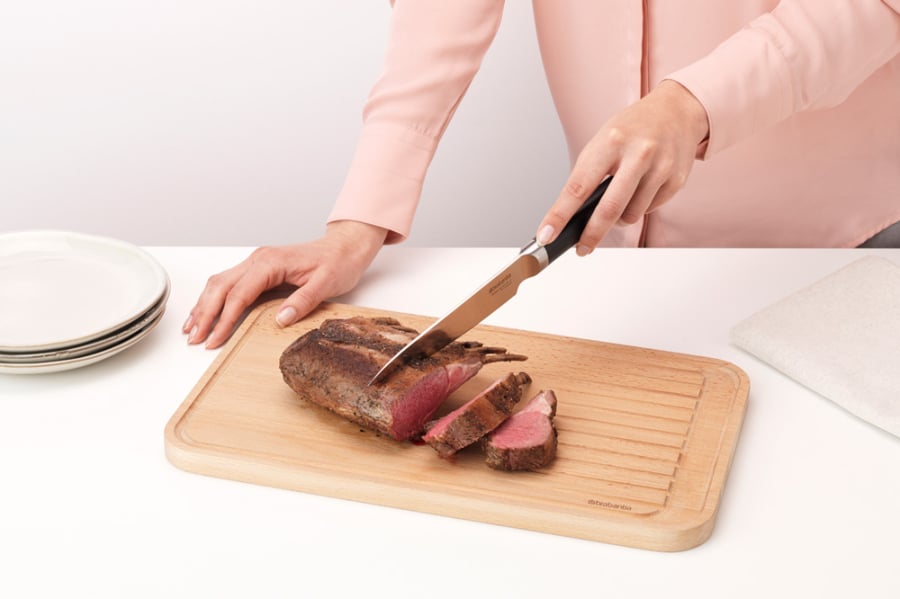
Spice Containers
Spice containers, such as salt, pepper, or soy sauce dispensers, are often overlooked during cleaning but can easily become contaminated as hands touch them after handling raw food. A 2022 study revealed that nearly 50% of spice containers harbor bacteria, twice as much as surfaces like cutting boards. Spices like soy sauce, when left at room temperature, can develop mold and produce aflatoxin, leading to food poisoning.
Wipe down the containers with alcohol or disinfectant weekly. Check the expiration dates of the spices and discard them immediately if they are past their prime or show signs of mold. Always wash your hands before handling spice containers to prevent cross-contamination.
Chopsticks and Wooden Utensils
Chopsticks, wooden spoons, or other wooden utensils are susceptible to mold if not dried thoroughly after use. Bacteria and mold on these utensils can cause food poisoning or intestinal illnesses. Low-quality wooden chopsticks may also retain food residue, providing an ideal environment for bacterial growth.
Wash them with hot water and soap, then air-dry naturally in a well-ventilated area. Replace wooden utensils if they develop mold, cracks, or discolouration.
In conclusion, proper cleaning and regular replacement of kitchen tools are crucial for safeguarding your family’s health. Prioritize using safe materials like standard-compliant stainless steel, glass, or ceramic. Additionally, maintain good hand hygiene and regularly clean kitchen surfaces to reduce bacterial transmission. A clean kitchen not only ensures food safety but also creates a cozy atmosphere for family meals.
“The Dangers of Using the Wrong Cutting Board: How to Keep Your Food Safe and Clean”
The humble chopping board is a kitchen essential, but it can also be a breeding ground for bacteria and a source of food contamination. Some types of chopping boards can be particularly hazardous to your health, so it’s important to know which ones to avoid. These three types of chopping boards should be thrown out immediately to reduce the risk of foodborne illnesses and keep your family safe.
The Ultimate Guide to Cutting Board Care: Sun, Boil or Sterilize?
For moldy cutting boards, timely cleaning is essential to maintain hygiene. It is crucial to address the issue promptly to prevent the spread of mold and bacteria, which can be detrimental to your health. Effective cleaning methods include using a mild detergent or a mixture of vinegar and water, followed by thorough rinsing and drying. Regular maintenance and prompt action are key to keeping your cutting boards sanitary and safe for food preparation.

